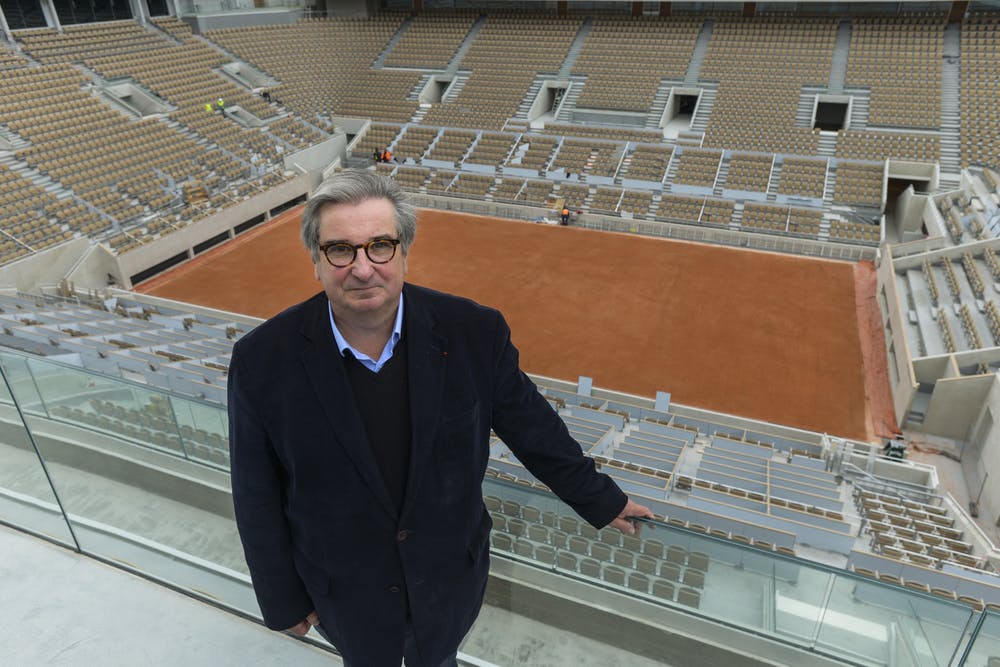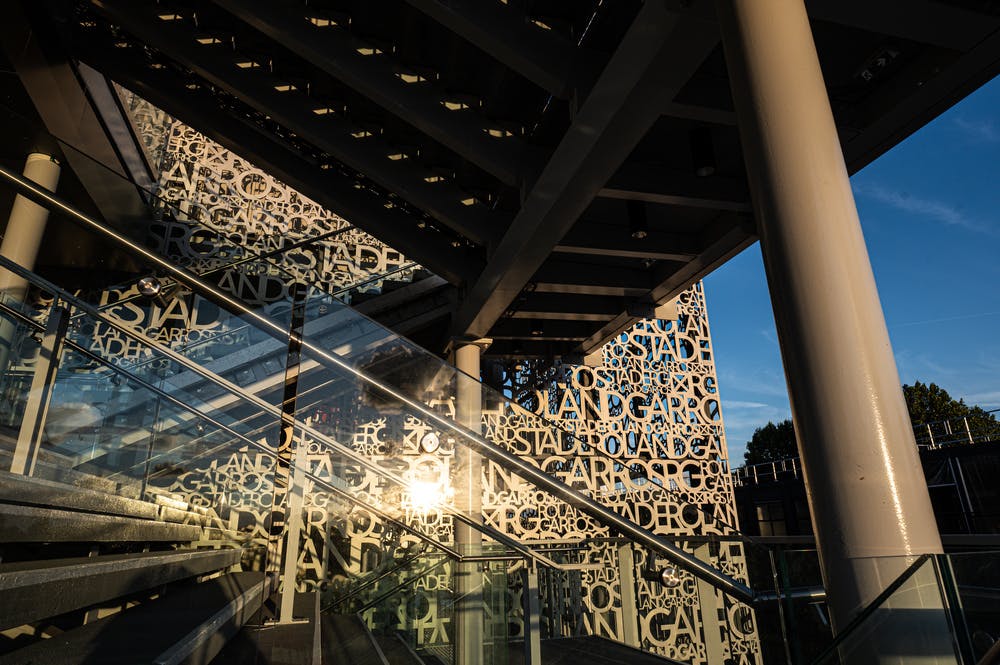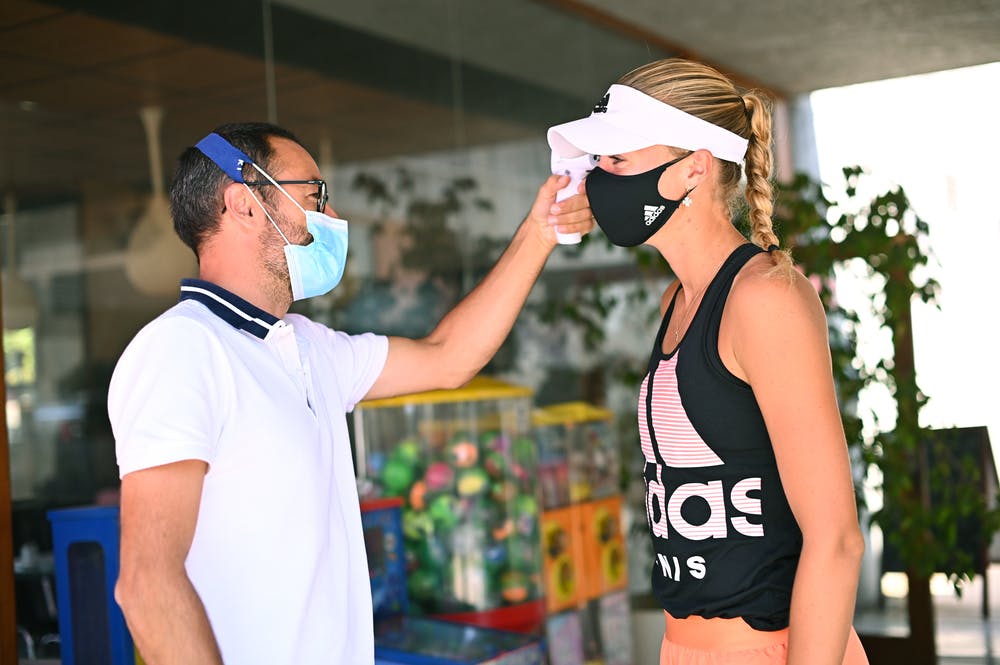Can you give us an outline of the health and safety protocol to be implemented at Roland-Garros?
The aim of this health and safety protocol is to act responsibly by protecting everyone who, for whatever reason, is present inside the stadium during the 2020 edition of the tournament, while organising this outstanding international tennis event. The primary protective measure is to enable everyone to respect social distancing guidelines and hygiene precautions: first of all, the health and safety protocol states that everyone must wear a face covering, that the flow of people will be managed so that social distancing guidelines can be respected and, for the same reason, it ensures that enough space will be left between spectators when seated. Similarly, a whole series of passive protective measures will be rolled out inside the stadium, such as hand sanitiser dispensers. But, in addition to these measures, we have devised a way of physically partitioning the stadium so that visitors can avoid close interaction with other people.
Was partitioning the stadium the best solution for welcoming visitors in the best possible conditions this year?
The partitions put in place will be restrictive, but they are there for obvious reasons so the spectators will understand. The way Roland-Garros Stadium is set out and managed will, of course, be quite different to previous editions. But we are lucky to have a 12-hectare stadium that spans 1 kilometre from east to west, and various competition sites: Simonne-Mathieu court to the east, then Philippe-Chatrier court, Suzanne-Lenglen court and, to the west, the outside courts. This unique layout means that Roland-Garros stadium is not like any other traditional sporting facility. This distinctive feature will allow us to organise the tournament in the best possible way, to ensure that the competition runs smoothly – which is non-negotiable – while ensuring the safety of the various populations.
 ROLAND-GARROS
18 May - 7 June 2026
ROLAND-GARROS
18 May - 7 June 2026





